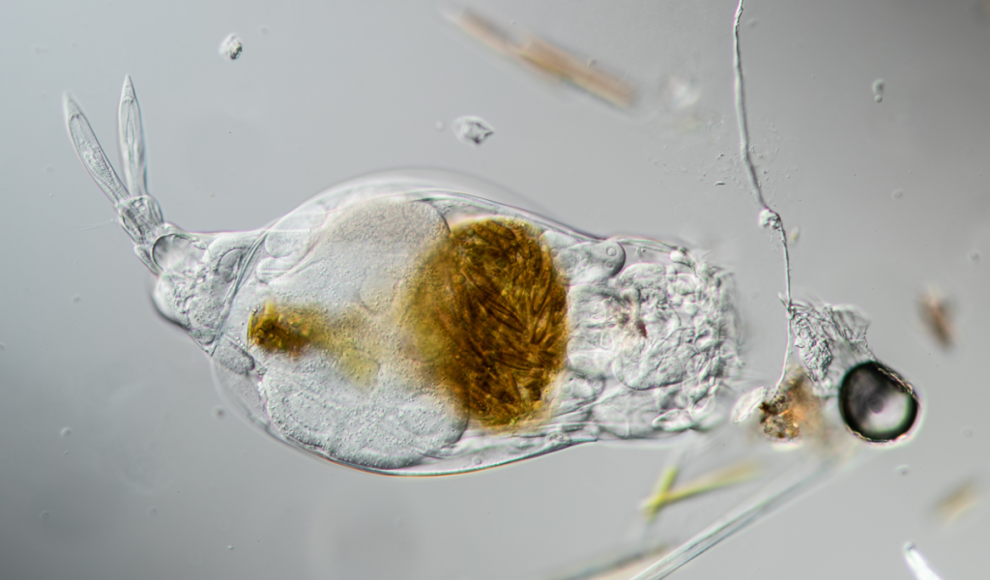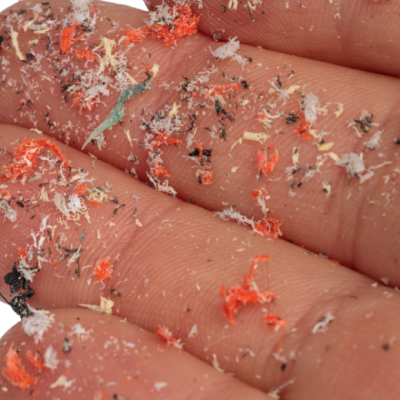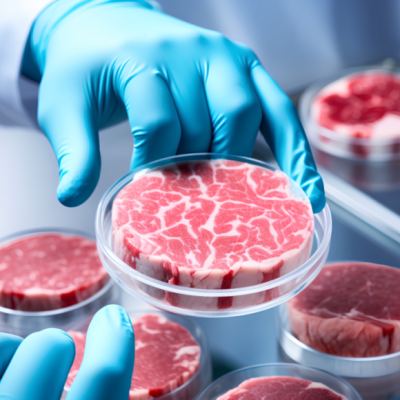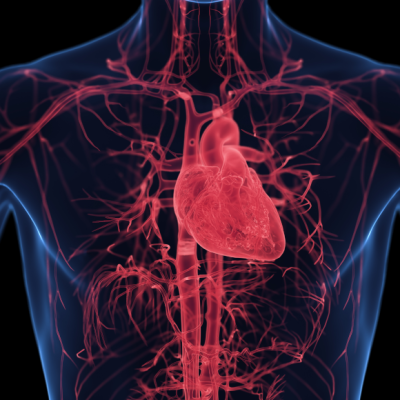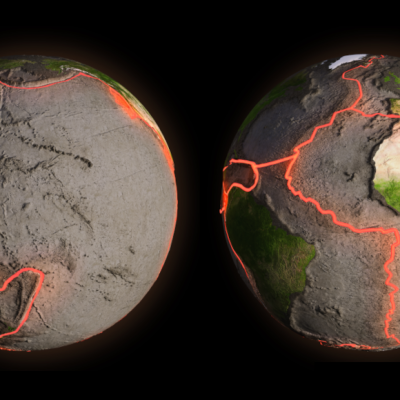Plastic pollution is a growing concern for the environment, with microplastics and nanoplastics now found in almost all ecosystems on Earth. These tiny particles, measuring between one and five micrometers for microplastics and smaller than one micrometer for nanoplastics, are created when larger plastic debris breaks down over several years due to physical wear and tear, chemical reactions, heat, and sunlight. However, a recent study by the Ocean University of China has found that rotifers, a type of microscopic animal found in both freshwater and saltwater, can accelerate the breakdown of microplastics into nanoplastics.
Rotifers have a unique digestive system that includes a powerful jaw-like structure that grinds up their food, which can include algae and organic matter. The researchers found that when microplastics were introduced into containers with rotifers, the animals primarily consumed particles measuring five or ten micrometers. These particles were then broken down into even smaller nanoplastics, which were eventually excreted by the rotifers without accumulating in their bodies. The study found that a single rotifer can produce over 350,000 nanoplastic particles per day, contributing significantly to the overall production of nanoplastics in the environment.
The implications of this study are significant, as it suggests that rotifers may be contributing to the massive production of nanoplastics in oceans and freshwater bodies worldwide. The researchers estimated that the Poyang Lake in China, the country’s largest freshwater lake, produces over 13 trillion nanoplastic particles per day. Further research is needed to fully understand the extent of rotifers’ role in the breakdown of microplastics and the production of nanoplastics, including the involvement of other species. This study highlights the urgent need for action to address plastic pollution and protect the environment from its harmful effects.


